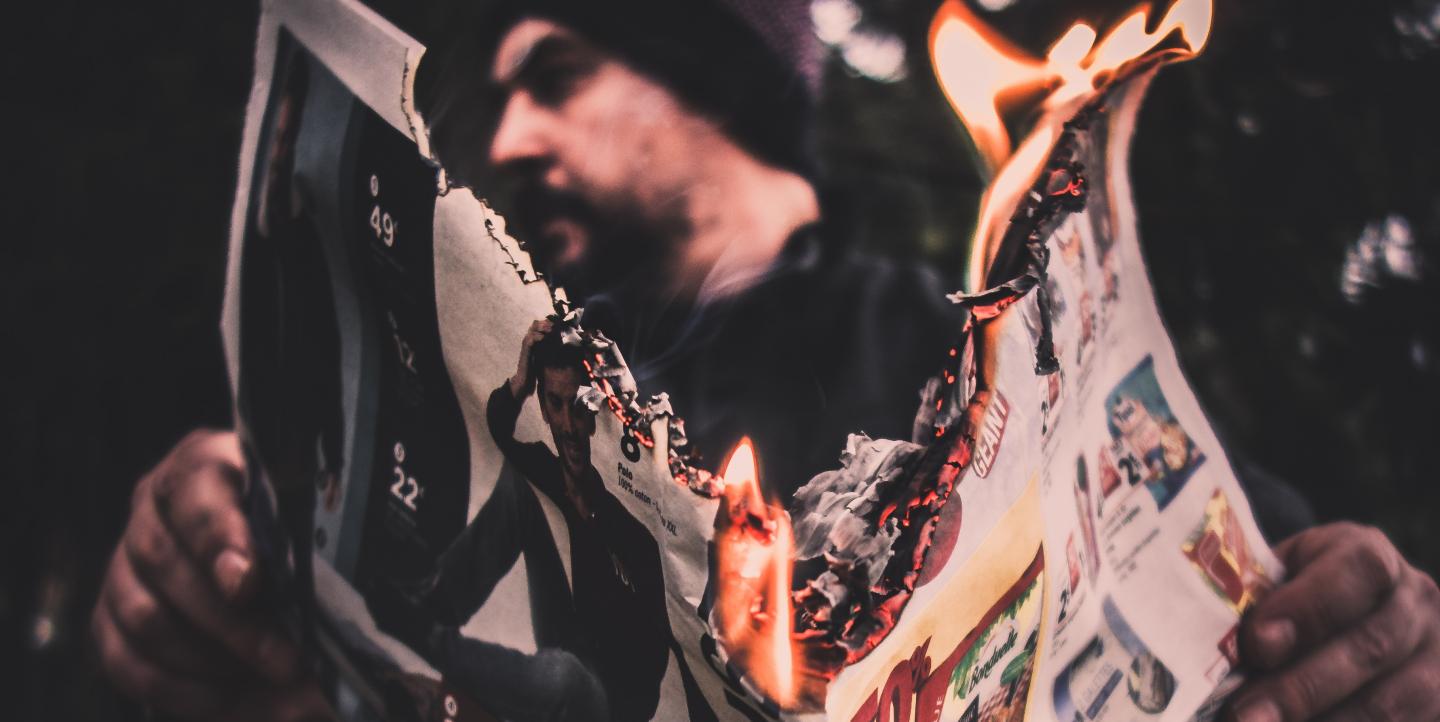A new publication from the United Nations Educational, Scientific and Cultural Organization (UNESCO) provides powerful tools for the media to confront the disinformation crisis that is sweeping the globe.
“This new handbook draws on insights and advice from global experts to throw light on information pollution and explain how journalism can fight back,” said Guy Berger, UNESCO’s director of freedom of expression and media development, at the time of the September release.
Journalism, `Fake News’ & Disinformation was designed as a practical guide for newsroom managers, journalists in the field and classroom teachers.
Newsroom managers and trainers can handpick material to use for lunchtime seminars, blog posts and media workshops. Journalism educators can use the seven modules as a model curriculum for classroom teaching with outlines, exercises, assignments and reading lists.
The publication lists best practices that touch on a wide range of topics, from basic fact-checking and social media verification to media literacy and combating online abuse.
“Today’s disinformation crisis requires advanced combat skills,” said the handbook’s co-editor, Julie Posetti, senior research fellow at Oxford University’s Reuters Institute for the Study of Journalism. “These include the need for higher level verification skills for social media sources, text, video and images, along with strategies to tackle online harassment which is increasingly a feature of orchestrated disinformation campaigns targeting journalists.”
Earlier this year, Posetti co-authored A Short Guide to the History of `Fake News’ and Disinformation for the International Center for Journalists (ICFJ). The guide reported that the recorded history of “disinformation wars” dates to ancient Rome.
What is new today “is the speed with which disinformation is propelled via social media,” said Posetti. “The capacity for any propagandist to publish material that fraudulently misrepresents journalism, distorts the truth, or completely fabricates words and actions, is now unlimited.”
The guide also says that “the 21st century has seen the weaponization of information on an unprecedented scale.”
Going beyond the short guide, which was a precursor, the UNESCO handbook highlights the theoretical side of the disinformation war, the scope and evolution of the crisis and guidelines on how to deal with this growing threat.
In module one, users are introduced to The Trust Project, a consortium that works in 70 countries around the world to develop methods and indicators that help the public identify news that meets quality standards in accuracy, accountability and ethics as well as media organizations that are dedicated to high journalistic principles.
The project promotes standards by asking questions about publications such as how are they funded, what is their mission and are they dedicated to diversity, accuracy and ethics?
Module three highlights examples of how news outlets cover “fake news” in a way that counteracts information disorder. For instance, the Guardian takes a creative approach with a “fake news” interactive quiz that challenges readers to find the difference between prominent “fake news” stories or stories made up by Guardian staff.
Other examples include The New York Times, which takes a more traditional route by using explanatory reporting on disinformation through case studies, and ProPublica, whose project “Electionland” shows the impact of collaborative reporting and fact-checking by journalism educators and students.
Module five deals with the methodology and ethics of fact-checking. There are links to examples from Japan, South Korea, Latin America, Europe and the United States. Journalists who work through the chapter will gain “an understanding of the emergence of fact-checking as a distinct form of journalism,” according to the text.
“This reality demands of journalism a doubling down on quality, independent reporting, based on verifiable information, shared in the public interest,” said Posetti. “[It demands a] journalism that holds powerful people accountable and helps to promote open societies. It also requires a commitment to tell stories about disinformation that help communities recognize and defend against it, as well as reinforcing commitments to verification.”
The Reuters Institute for the Study of Journalism is hosting a Dec. 6 panel discussion to mark the launch of the UNESCO handbook. Posetti is among the guest speakers.
Main image CC licensed by Unsplash via Anthony Bevilacqua.


